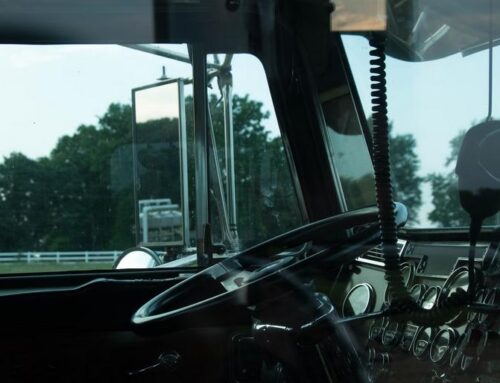The warmer seasons are here which means more motorcycles will be out on the roads. Motorcycles can be very fun especially in the summer months, yet they bring about a special danger that only riders can understand. The National Highway Traffic Safety Administration states, 5,172 motorcyclists were killed in crashes in 2017, which is a 3% decrease from the previous year. However, motorcyclist fatalities are still overly common. In 2016, motorcycle fatalities occurred approximately 28 times more than passenger vehicle fatalities, according to NHTSA. It is important for motorcyclist and passenger vehicle drivers to be aware of the dangers in order to prevent additional fatalities.
Motorcyclists
Approximately 65.2% of motorcyclist in 2017 wore DOT compliant motorcycle helmets. In 2016, an estimated 1,859 motorcyclists’ lives were saved due to their helmet. Whether a helmet is required by law is regulated by your state. In 2016, only 19 states required helmet use for all motorcyclists. In Indiana, only those under the age of 18 or those with a motorcycle learners permit are required to wear helmets. All motorcyclists should wear helmets, regardless of your state’s requirements, in order to provide yourself increased protection against fatal crashes.
In addition to proper helmet use, the NHTSA suggest riders should cover their arms and legs completely, preferably with leather or heavy denim. It is also important for riders to make themselves visible with brightly colored clothing or reflective gear. Gloves and boots should also be worn for greatest protection.
In 2017, 28% of motorcycle riders killed were drunk at the time of the crash. Motorcycle riders involved in fatal crashes had higher percentages of alcohol impairment than any other type of motor vehicle driver. Driving sober is the law and driving a motorcycle while impaired increases your chances of being involved in a fatal accident. Drugs and alcohol impair your judgment and reduce reaction time, which is extremely important to motorcyclists while sharing the road with unpredictable passenger vehicles.
Passenger Vehicles
In the event of a crash, passenger vehicles have a metal box of protection while motorcycles have only helmet and protective clothing. Thus, it is very important for passenger vehicles to be aware of motorcycles, especially during the summer months when the number of motorcycles on the road increases. Awareness is key when preventing collisions with motorcycles. Drivers should check their blind spots and use turn signals before switching lanes to ensure a motorcycle is not already in the lane and to give motorcyclists enough of time to reduce their speed. In cities, like Indianapolis, where parallel parking is popular, drivers should look for motorcyclists before cautiously opening their doors.
It is also important for drivers to understand the way motorcyclists drive. Motorcycles need extra space between other cars and have created that space for their safety, do not cut in front of them. The safety zone they have created provides them cushion to react in the event a car pulls out in front of them, a pot hole appears, or some other unexpected event. Motorcyclists are constantly on the look-out for the dangers caused by other vehicles and the space they have made is an escape route. The space also allows motorcyclists to shift and slow down appropriately, immediate stops are dangerous for motorcycles.
Drivers need to allow more space behind a motorcycle than they afford other passenger vehicles. If a motorcycle collision occurs, they will either fall off or lay their motorcycle down to slide away from the oncoming collision. The space behind them gives them time to avoid being hit from behind which can cause fatal injuries.
Both motorcyclists and passenger vehicle drivers need to be aware of each other in order to safely share the road. Car drivers should to understand the dangers and respect motorcyclists spatial needs to prevent a crash, while motorcyclists should ensure they are visible to other drivers and wear protective gear to decrease their chances of a fatal accident. Both drivers need to obey traffic laws, such as speed, lane markings, traffic lights, and signal when turning or changing lanes. Be cautious during the warm months and aware of the drivers around you.





